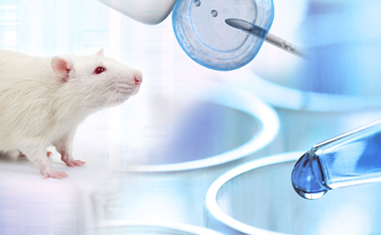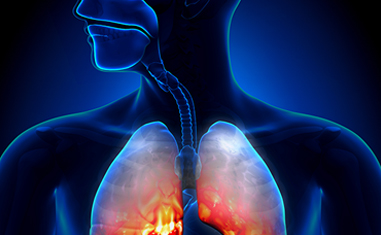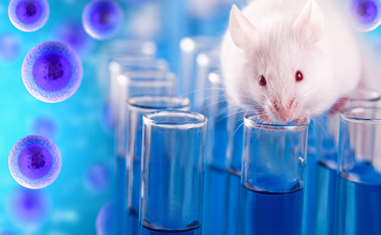The purpose of toxicity studies is, ultimately, non-clinical safety evaluation through characterization of the toxic effects with respect to the type of toxicity, target organs, dose dependence, relationship to exposure, and potential reversibility. This information is important for estimating an initial safe starting dose for human trials and for identifying the parameters that need to be clinically monitored for potential adverse effects. Results from the completed package of toxicology studies will also be used to determine a compound’s potential for adverse, toxic effects, and to assess its risk-benefit ratio. Thus, toxicity studies cover a wide range of investigations and a lesser or greater number of different types of study in different animal species.
Acute Toxicity Studies
Acute toxicity studies are required for all drugs. These studies involve single or multiple administration of agents over a period of up to 24 hours in at least two species, e.g. one rodent and one non-rodent.
Repeated Dose Toxicity Studies
Subacute and chronic testing is required for most agents, especially those intended for chronic use. The specific duration should anticipate the length of time proposed for a human application that will be conducted on the new drug. Again, two species are typically required.
Reproductive Toxicity Studies
Segment I reproductive tox studies look at the effects of the drug on fertility. Segment II and III studies detect effects on embryonic and post-natal development. In general, reproductive tox studies must be completed before a drug can be administered to women of child-bearing age.
Toxicokinetic Studies
Toxicokinetics refers to the study of the absorption, distribution, metabolism/biotransformation, and excretion (ADME) of toxicants/xenobiotics in relation to the time at toxic doses. The basic kinetic concepts for the absorption, distribution, metabolism, and excretion of chemicals in the body system initially came from the study of drug actions or pharmacology; therefore, this area of study is traditionally referred to as pharmacokinetics. An important parameter in toxicokinetics is the time course of blood or plasma concentration of the toxicant with time which is used to correlate the toxic effect of the drug.
These are typically similar in design to PK/ADME studies except that they use much higher dose levels. They examine the effects of toxic doses of the drug and help estimate the clinical margin of safety. There are numerous FDA and ICH guidelines that give a wealth of detail on the different types of preclinical toxicology studies and the appropriate timing for them relative to IND and NDA or BLA filings.
DISCOVER OUR AREAS OF WORK

In vivo Efficacy studies
Drug discovery and development is a challenging, most expensive and time-consuming activity.
More
PK/PD Studies
Our capabilities in pharmacokinetics include early exploratory, investigative or screening studies.
More
Pre-Clinical and Toxicology
Preclinical research offers the evaluation of potential therapeutic interventions in animal models.
More
